ENVIRONAGE Birth Cohort
Your health matters...even before you are born.
Environmental factors and lifestyle factors can affect human health during the prenatal period. David Barker hypothesized that the development of age-related disorders, such as cardiovascular diseases, dementia, and diabetes find their origins early in life. This is known as the 'developmental origins of health and disease' (DOHaD).
The ENVIRONAGE (Environmental influences ON ageing in early life) birth cohort grants us a unique opportunity to investigate the link between exposures and health outcomes. Herein, we investigate the impact of environmental exposures during pregnancy and early life on the health of children. We aim to find molecular markers, linked to environmental exposures and lifestyle choices, that could reveal the development of age-related disorders.
So far, we found that the child's microcirculation and telomere length (representative for the biological age) are important mechanisms of how diseases later in life are rooted in a dysfunctional fetal and perinatal development.


Since 2010, more than 2500 mother-newborn pairs have participated at birth while recruitment is still ongoing. As of 2014, we invite children, at the age of four, to participate in a follow-up visit to our study center. In 2021, we started a second follow-up visit for the 9 to 11-year-old children to assess their current health and neurocognitive development.
Exposures in early life
- We developed a test to detect and quantify black carbon particles in biological samples. This novel technique provides a detailed personal-exposure to air particulate particles.
- Important factors we study include air pollution, microplastics, exposure to surrounding greeness, body mass index, diet, and heat stress.
Outcome phenotyping at birth and follow-up
- Developmental characteristics (such as birth weight and length) and blood pressure are recorded at birth.
- At the age of four and eleven, we investigate growth characteristics (i.e. weight and length), cardiovascular health including microcirculation, the functioning of the larger arteries, and cognitive performance.
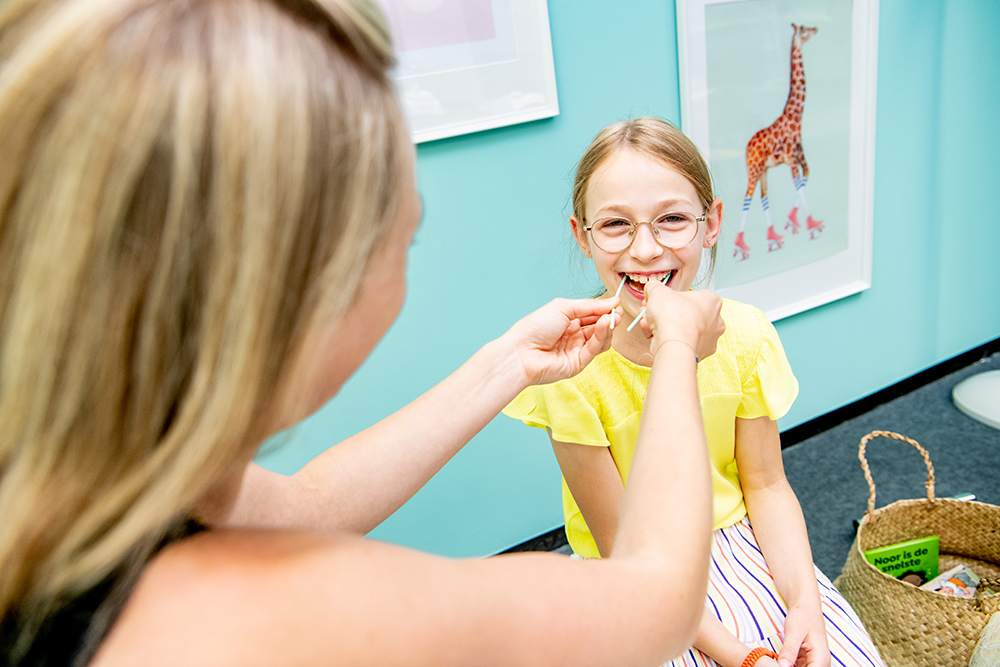
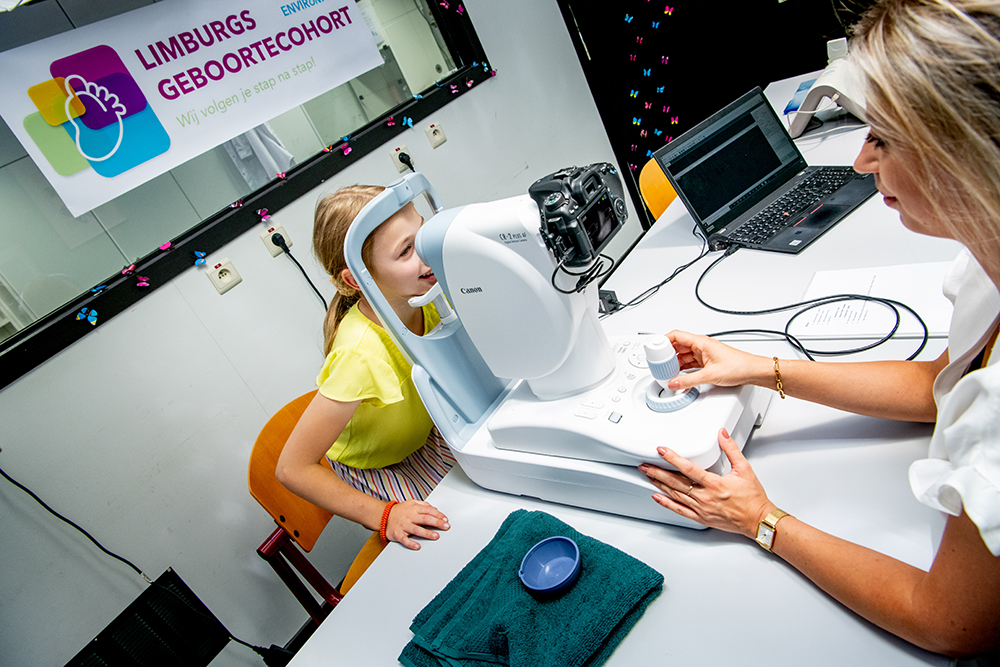
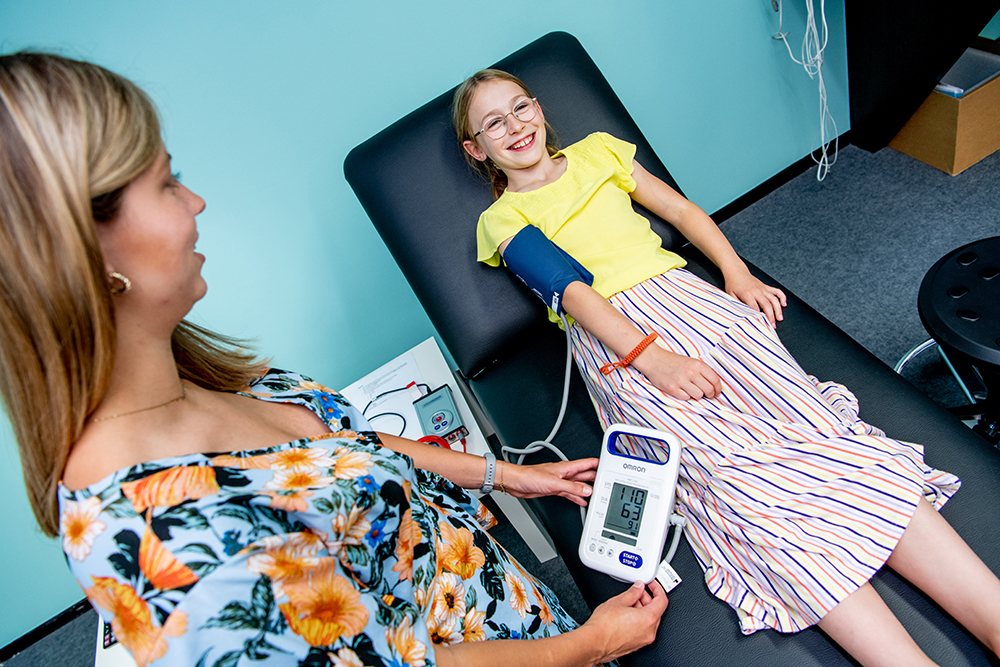
Service Lab
We provide measurements of urinary black carbon, telomere length, mitochondrial DNA content and targeted molecular analyses (such as DNA methylation, gene expression, and protein levels).
Molecular targets
We unravel molecular pathways which link environmental exposures with health outcomes by applying various omics techniques, such as genomics, transcriptomics, proteomics, and metabolomics. Furthermore, as ageing plays a major role in disease susceptibility, we developed a profound experience in telomere biology, mitochondrial DNA biology, and ageing-related molecular pathways.
Biological samples
We collect a wide variety of biological samples at birth and follow-up participating children now for more than one decade.. Our biobank includes placenta, cord blood, buccal swabs, saliva, nail clippings, blood, fecal samples (for gut microbiome) and urine at the follow-up visits. Maternal blood and urine are collected collected over more than a 10 year follow-up period.

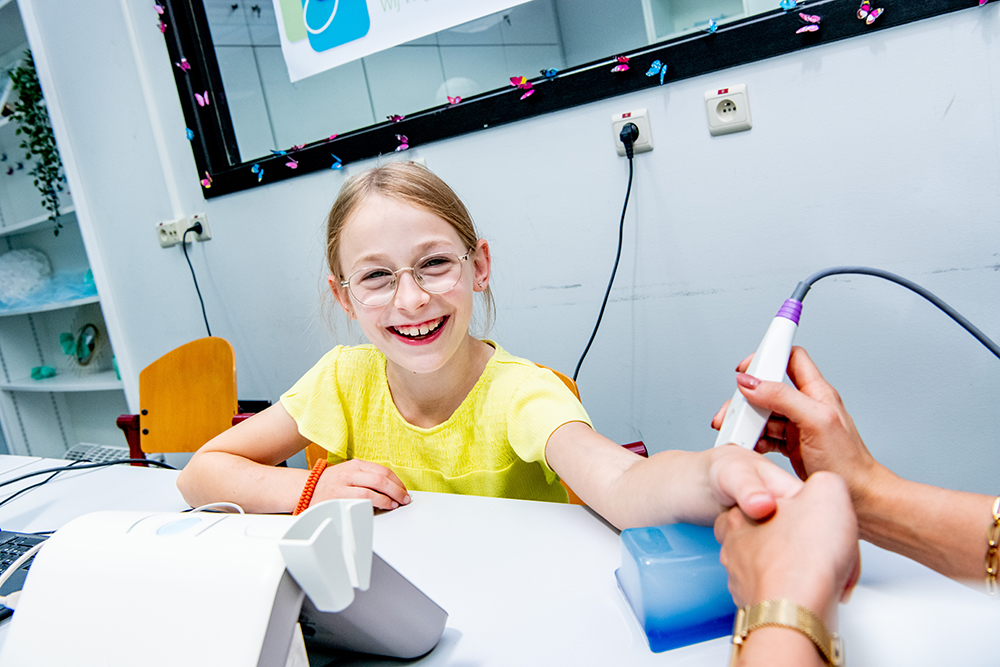

Selected manuscripts
Janssen et al. (2017), Cohort Profile: The ENVIRonmental influence ON early AGEing (ENVIRONAGE): a birth cohort study. International Journal of Epidemiology
Bongaerts et al. (2022), Maternal exposure to ambient black carbon particles and their presence in maternal and fetal circulation and organs: an analysis of two independent population-based observational studies. Lancet Planetary Health
Martens et al. (2017), Prenatal Air Pollution and Newborns' Predisposition to Accelerated Biological Aging. JAMA Pediatrics
Neven et al. (2018), Placental promoter methylation of DNA repair genes and prenatal exposure to particulate air pollution: an ENVIRONAGE cohort study. Lancet Planetary Health
Neven et al. (2021), Lower iodine storage in the placenta is associated with gestational diabetes mellitus. BMC Medicine
Funding partners

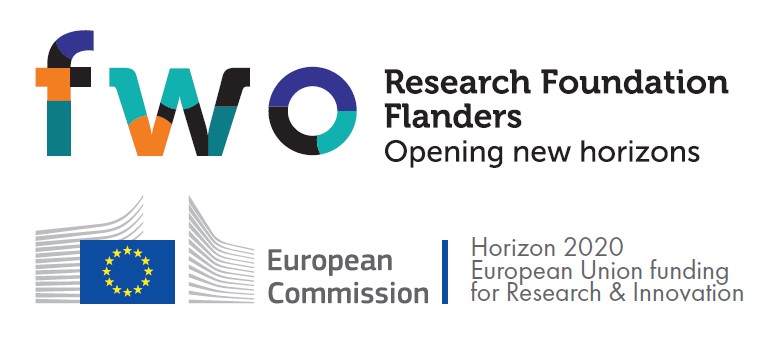
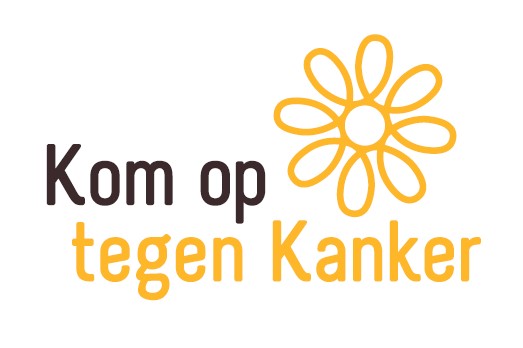
BUSINESS DEVELOPERS
dr. Marijke Jozefczak

dr. Nele Witters

Do you want this information in a pdf? Click here.
